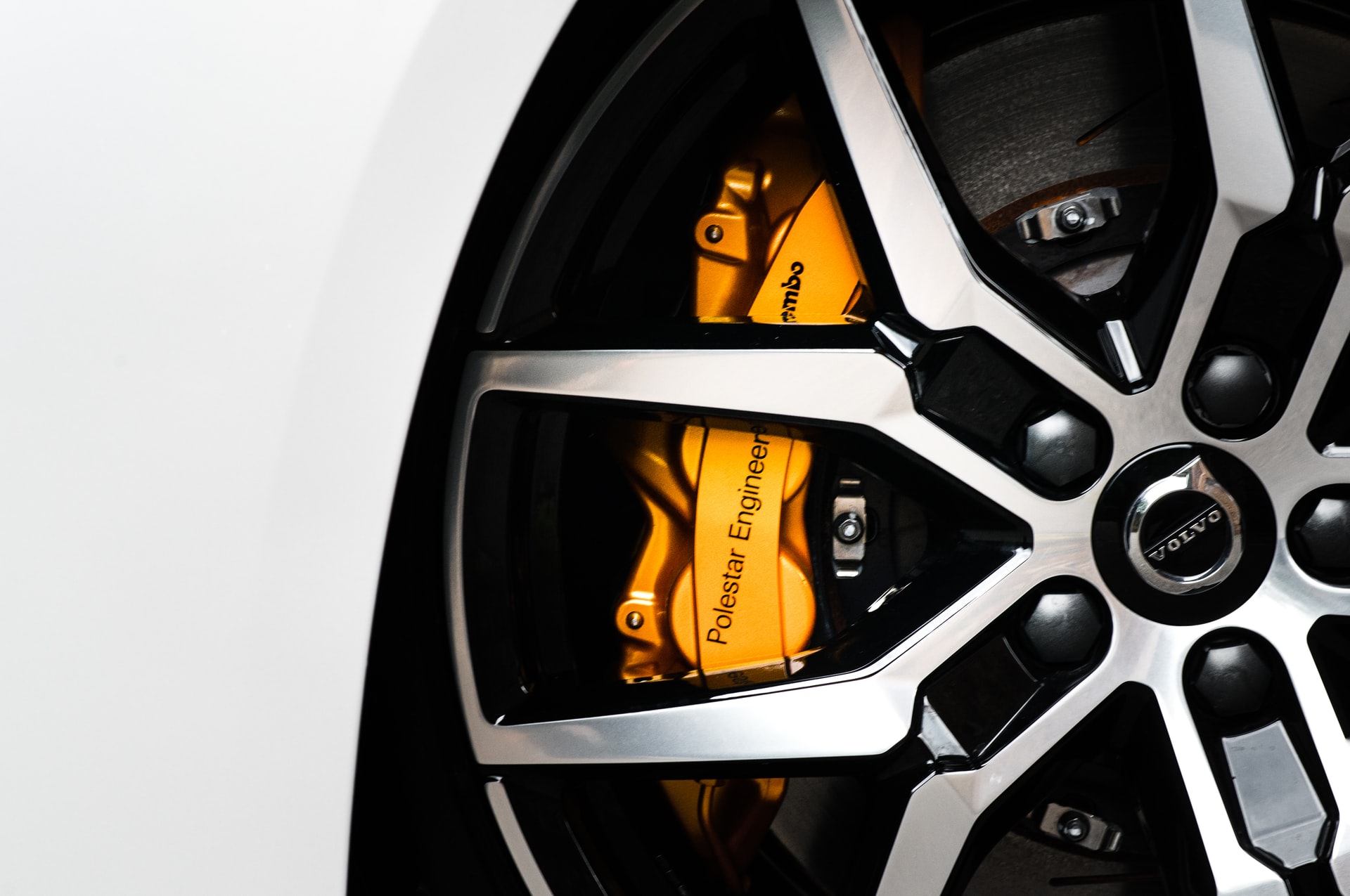
Longevity and Durability of Ceramic Coating on Wheels
One pertinent question many car owners ask is, How long does ceramic coating last on wheels? The answer varies due to a variety of reasons. However, under ideal conditions, high-quality ceramic coating applied by a professional can last up to two to five years or potentially even longer if well-maintained.
Factors influencing the durability of ceramic coating include how frequently you drive, your driving habits, wheel cleaning practices and the specific brand and type of ceramic coating used. According to ceramic coating expert Timur from Gleamworks, regular cleaning and maintenance can significantly enhance the coating’s durability.
Does Ceramic Coating Protect Wheels?
Understanding the protective properties of ceramic coating helps justify its increasing popularity among car enthusiasts. Essentially, ceramic coating provides a high-gloss finish that protects wheels from dirt, dust, and minor scratches. It also repels water, making it harder for contaminants to cling to the wheels, thus minimizing the possibility of corrosion and damage from brake dust. In practice, there are many concrete examples of how ceramic coating safeguards wheels. It can prevent damage from exposure to harsh chemicals and environmental factors like sun exposure and salt. Additionally, it simplifies wheel cleaning, as grime and dirt are much easier to wash off.
Drawbacks of Ceramic Coating on Wheels
While the benefits are noteworthy, it’s essential to examine the potential downsides of ceramic coating on wheels. It’s worth noting that while ceramic coating offers protection, it is not invulnerable. It might not protect against all forms of damage, such as harsh impacts or deep scratches. Moreover, the application process can be time-consuming, needing a clean and controlled environment to apply and cure properly. Therefore, some people might prefer alternatives to ceramic coating. For instance, waxing is a cheaper and quicker method for enhancing the visual appeal of your wheels, although it won’t offer the same level of protection and longevity. Timur encourages each car owner to carefully consider their unique requirements and understand that ceramic coating can be a viable protective solution. For further services or products related to ceramic coating application, feel free to check out our her service page.
What is Ceramic Coating?
Ceramic coating, often referred to as Nano-ceramic coating, is a liquid polymer that is applied to the exterior surfaces of a vehicle. The coating chemically bonds with the vehicle’s factory paint, creating a layer of protection. The purpose of this coating is to provide superior protection from external damage and prolong the lifespan of the vehicle’s paint. A key factor that sets ceramic coating apart is its resistance to water. Unlike other forms of coating, it does not wash away or break down over time. Thanks to its chemical properties, the ceramic coating repels water, making it more difficult for grime and dirt to stick to the surface of your vehicle.
Can Ceramic Coating Really Be Applied to Wheels?
The answer is a resounding yes! Ceramic coating can be applied to the wheels of your vehicle. This application comes with a range of benefits. Firstly, the durability of ceramic coating makes it an ideal option for protecting your wheels. Wheels are often subjected to harsh conditions, including exposure to dirt, grime, and brake dust. Ceramic coating provides a protective layer that can withstand these conditions, preventing damage and maintaining the appearance of your wheels. Secondly, ceramic coating enhances the aesthetic appeal of your wheels. The coating gives a glossy finish that makes your wheels look cleaner and more polished. It also makes cleaning your wheels easier, as grime and dirt are less likely to stick to the coated surface.
Detailed Guide on How to Apply Ceramic Coating to Wheels
Applying ceramic coating to your wheels is a step-by-step process that requires careful attention. Here are the materials you will need and a guide to applying the coating.
Materials Required for Applying Ceramic Coating:
- Ceramic coating product
- Applicator pad
- Microfiber towel
- Car shampoo
- Wheel brush
Step by Step Guide to Apply Ceramic Coating to Wheels:
Step 1: Cleaning the Wheels
Before applying the ceramic coating, thoroughly clean your wheels using car shampoo and a wheel brush. This removes any grime, dirt, and brake dust.
Step 2: Drying the Wheels
Use a microfiber towel to dry the wheels completely. Any remaining water can cause issues when applying the ceramic coating.
Step 3: Applying the Ceramic Coating
Apply the ceramic coating product to the applicator pad. Then, using the pad, apply the coating to the wheel in a layered motion. Ensure the entire surface of the wheel is covered.
Step 4: Letting the Coating Cure
Once applied, the ceramic coating needs to cure for a specified time (usually 24-48 hours, depending on the product). During this time, avoid any water contact with the wheels.
Step 5: Buffing the Wheels
After the curing period, use a clean microfiber towel to gently buff your wheels. This will remove any excess coating and give your wheels a glossy finish. Remember, the longevity of ceramic coating on wheels depends on the quality of the application process and the product used. Therefore, take your time and make sure you do it right.
